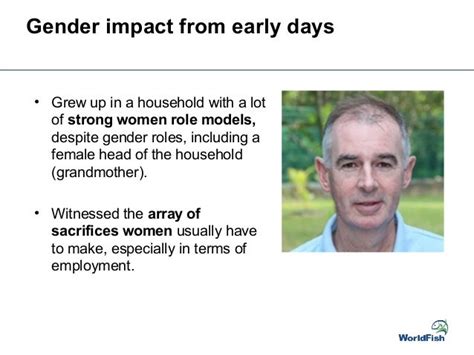The ‘Fix-It’ Instinct: Decoding Men’s Problem-Solving Approach
It’s a familiar scenario: someone, often a woman, shares a challenge or expresses a feeling of distress, seeking comfort or simply a listening ear. In response, a man often immediately begins to offer solutions, strategies, or logical analyses. While well-intentioned, this can sometimes leave the sharer feeling unheard or misunderstood, wishing for empathy over an immediate fix. What deep-seated thought processes underpin this common male inclination?

Evolutionary Echoes and Societal Blueprints
One primary driver can be traced back to evolutionary roles. Historically, men were often the providers and protectors, tasked with ensuring the survival and well-being of their group. This role necessitated an action-oriented mindset, an ability to quickly identify problems and implement solutions to overcome immediate threats or secure resources. This primal programming for efficiency and problem resolution has, to some extent, carried forward into modern male psychology.
Adding to this are powerful societal blueprints. From a young age, boys are often encouraged to be strong, self-reliant, and capable of handling difficulties. Emotional expression, especially vulnerability, can sometimes be subtly (or overtly) discouraged, while demonstrating competence through problem-solving is praised. This social conditioning reinforces the idea that a man’s value often lies in his ability to act, to take charge, and to ‘fix’ situations, rather than primarily in his capacity for emotional attunement.

The Language of Logic vs. The Language of Emotion
Communication styles also play a significant role. Many men are socialized to approach conversations with a more logical, linear, and objective framework. When someone shares a problem, their internal processing often immediately shifts into a diagnostic mode: ‘What is the issue? What are the potential solutions? How can this be resolved?’ They perceive the sharing of a challenge as an implicit request for help in solving it, viewing it as a task to be completed rather than an emotional experience to be shared.
Conversely, many women, and indeed many individuals, often use sharing challenges as a way to process emotions, seek validation, build connection, or simply feel understood. For them, the act of vocalizing the problem *is* part of the solution – it’s a way to offload emotional burden and find solidarity, not necessarily to receive an immediate actionable plan. This fundamental difference in communication goals can lead to frequent misunderstandings.

Well-Intended Misunderstandings and Their Impact
It’s crucial to acknowledge that this ‘fix-it’ inclination almost always stems from a place of genuine care and a desire to be helpful. Men typically want to alleviate distress and empower the person sharing the challenge. They believe offering a solution is the most direct and effective way to achieve this, often unaware that the primary need might be for emotional support, not tactical advice.
However, when empathetic listening is bypassed, the impact on relationships can be significant. The person sharing may feel dismissed, trivialized, or that their emotions are not being validated. This can lead to a sense of isolation or a reluctance to share future vulnerabilities, creating a barrier to intimacy and deeper connection. The man, in turn, may feel frustrated that his efforts to help are not appreciated, compounding the misunderstanding.

Bridging the Gap: Cultivating Empathetic Listening
Understanding these underlying thought processes is the first step towards bridging the communication gap. For men, it involves consciously shifting from a problem-solving mindset to an empathetic one. This means actively listening, asking clarifying questions like, “Are you looking for solutions, or do you just want to talk about it?” and focusing on validating feelings before offering advice. Learning to say, “That sounds really tough,” or “I understand why you feel that way,” can be profoundly impactful.
For those sharing, articulating their needs explicitly – “I just need you to listen right now, not solve it” – can guide their male counterparts towards the desired response. Ultimately, fostering better communication requires both parties to understand and respect these inherent differences in processing and responding to challenges, cultivating a space where both connection and constructive action can thrive in appropriate measure.





